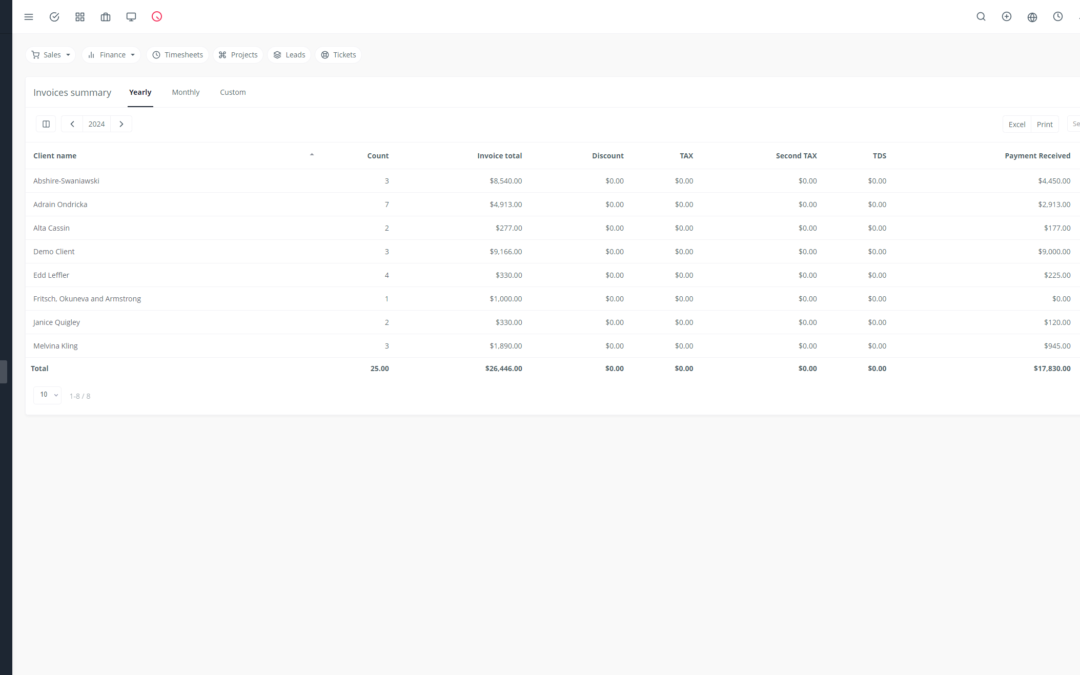Your appointment scheduling system is your customers’ entry point and a crucial element of your success. But how do you know if your system is truly effective? 🤔
This article guides you through the key metrics to monitor to measure the performance of your appointment scheduling system and help you optimize it for a better customer experience and tangible business results. 🚀
1. Measuring Effectiveness: Key Metrics 📊
1.1 Key Performance Indicators
Appointment Conversion Rate: How many people who contact your business to schedule an appointment actually go through with it? 🗓️
Average Wait Time: How long do customers have to wait to get an appointment? ⏱️
Number of Missed Appointments: How many appointments are canceled or not honored? ❌
Customer Satisfaction: How satisfied are your customers with the appointment scheduling process? 🌟
Response Time to Appointment Requests: How long does it take your business to respond to appointment requests? ⏳
1.2 Operations-Related Metrics
Utilization Rate: What is the occupancy rate of your resources (people, rooms, etc.)? 📈
Operating Costs: How much does it cost to use your appointment scheduling system? 💰
Employee Productivity: How does your appointment scheduling system impact the productivity of your teams? 💪
Resource Utilization: Does your system allow you to use your resources optimally? 🏢
Data Quality: Is your appointment data accurate and complete? 🔍
1.3 Results-Related Metrics
Number of Appointments Scheduled: How many appointments are scheduled each day, week, or month? 📅
Customer Retention Rate: How does your appointment scheduling system contribute to customer retention? 🤝
Revenue Impact: How does the effectiveness of your appointment scheduling system translate into revenue? 💰
2. Optimizing Your Appointment Scheduling System 💡
2.1 Key Factors to Consider
Speed and Ease of Scheduling: Your customers should be able to schedule an appointment quickly and easily, via various channels (phone, website, app). 💨
Flexibility and Scheduling Options: Offer flexible appointment scheduling options (times, formats, etc.) to meet your customers’ needs. ⏰
Integration with Other Systems: Integrate your appointment scheduling system with your other systems (CRM, inventory management, etc.) for better data management. 🔗
Automation Features: Automate repetitive tasks to save time and improve efficiency. 🤖
Data Analysis and Reporting: Collect and analyze data to identify areas for improvement and optimize your system. 📈
Communication Enhancements: Communicate effectively with your customers throughout the appointment scheduling process (confirmation, reminder, etc.). 💬
Overall Customer Experience: Pay attention to the overall customer experience and look for ways to make it as positive as possible. 🌟
3. In Conclusion 🚀
By measuring the effectiveness of your appointment scheduling system and relying on key metrics, you can identify weaknesses and opportunities for improvement. By focusing on speed, flexibility, integration, and automation, you can improve the customer experience, employee productivity, and revenue of your business. 📈
Remember, the goal is to create an appointment scheduling system that is both effective and enjoyable for your customers and your teams. 🤝

